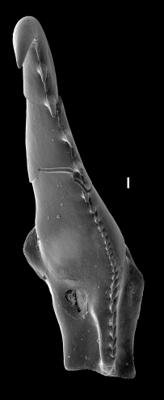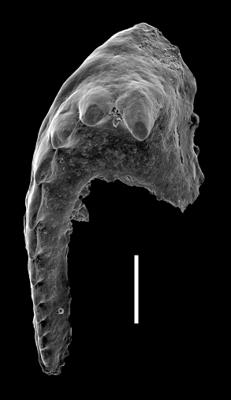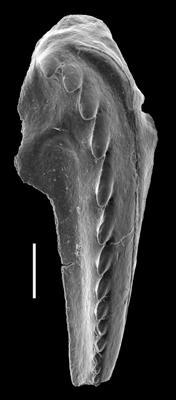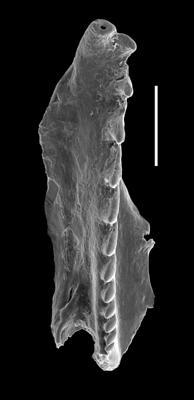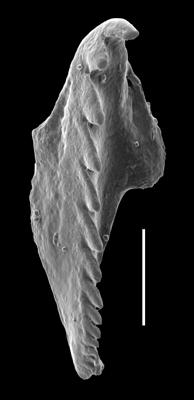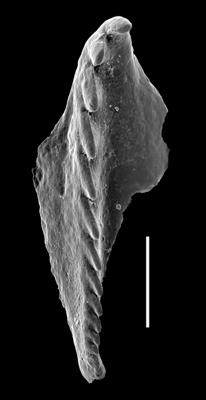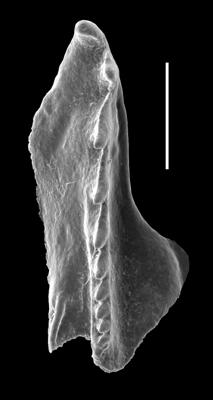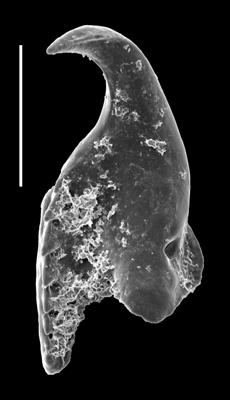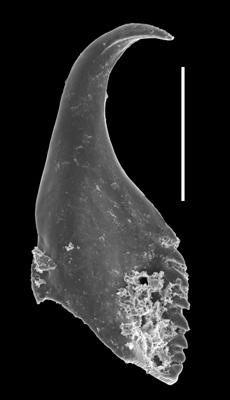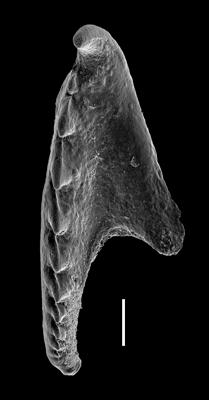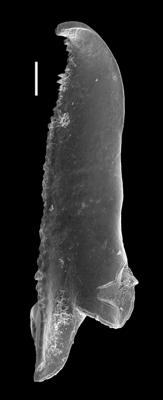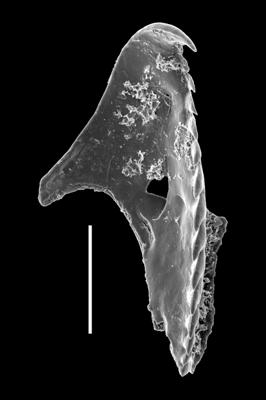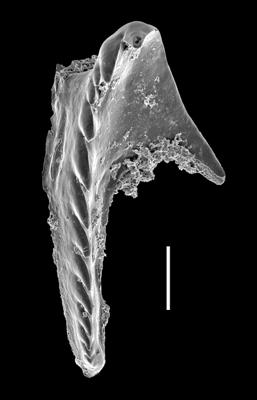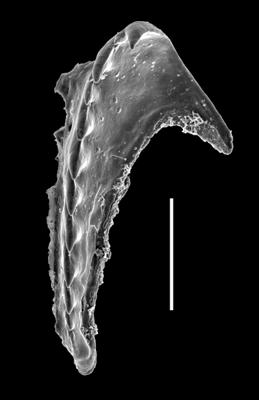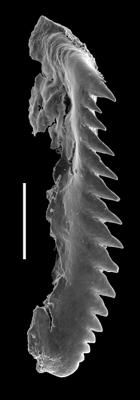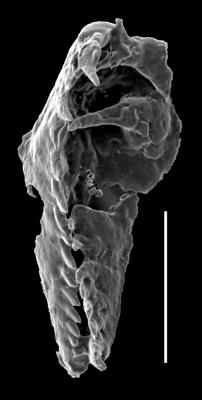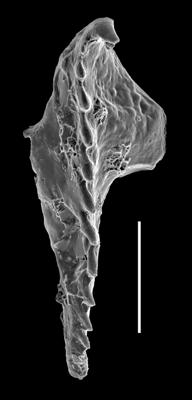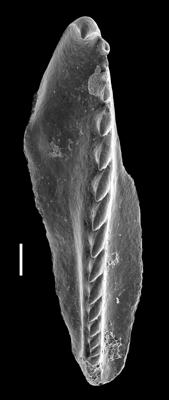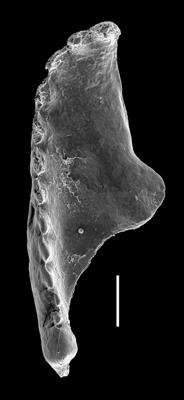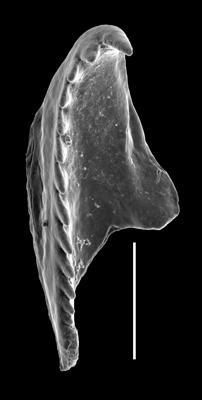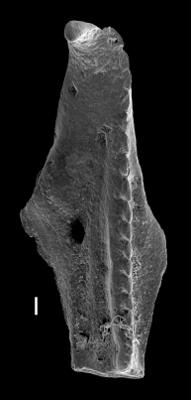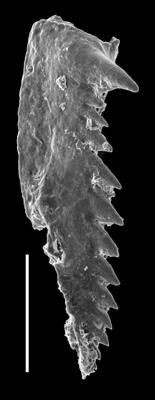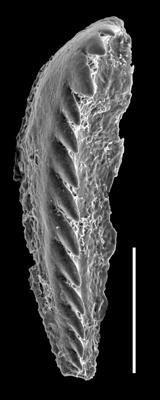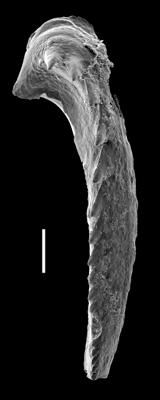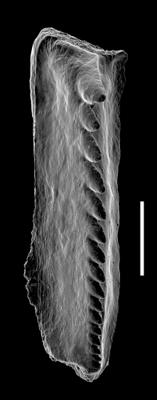Hints, O. et al., 2016a
| Author(s): | Hints, O., Tonarová, P., Desrochers, A. |
|---|---|
| Year: | 2016 |
| Title: | Late Ordovician jaw-bearing polychaetes from Anticosti Island, eastern Canada, and their biogeographic significance |
| Journal: | Canadian Journal of Earth Sciences |
| Volume: | 53 |
| Number: | 7 |
| Pages: | 731-738 |
| Abstract | The Upper Ordovician to Lower Silurian shallow marine succession of Anticosti Island, eastern Canada, provides one of the most complete records across the Hirnantian in the world. This study reports a diverse assemblage of scolecodonts (polychaete jaws) from the upper Katian and Hirnantian Vauréal, Ellis Bay and basal Becscie formations of western Anticosti. The collection of ten samples includes ca. 30 species representing 10 families. The fauna is dominated by polychaetaspids, mochtyellids, paulinitids and polychaeturids. The family Xanioprionidae and genera Pistoprion, Tetraprion and Rakvereprion are documented for the first time from the Ordovician of Laurentia. The Anticosti polychaete fauna shows great similarity to the contemporaneous faunas of Baltoscandia. This is evidenced by a high relative abundance of mochtyellids and polychaeturids and a number of common species, thus suggesting that the closing Iapetus Ocean at that time did not constitute a barrier for the dispersal of jaw bearing polychaetes. Some Laurentian influence is, however, indicated by the occurrence of hadoprionids. Distinct Katian Vauréal and Hirnantian Ellis Bay scolecodonts are likely reflecting faunal reorganization linked to local environmental changes rather than the initial phase of the Hirnantian mass extinction. |
| Keywords: | Baltica, Estonia, Hirnantian, Katian, Laurentia, Ordovician, Paleontology, scolecodonts, Upper Ordovician |
| DOI: | https://doi.org/10.1139/cjes-2015-0222 |
| SARV-WB: | edit record |

